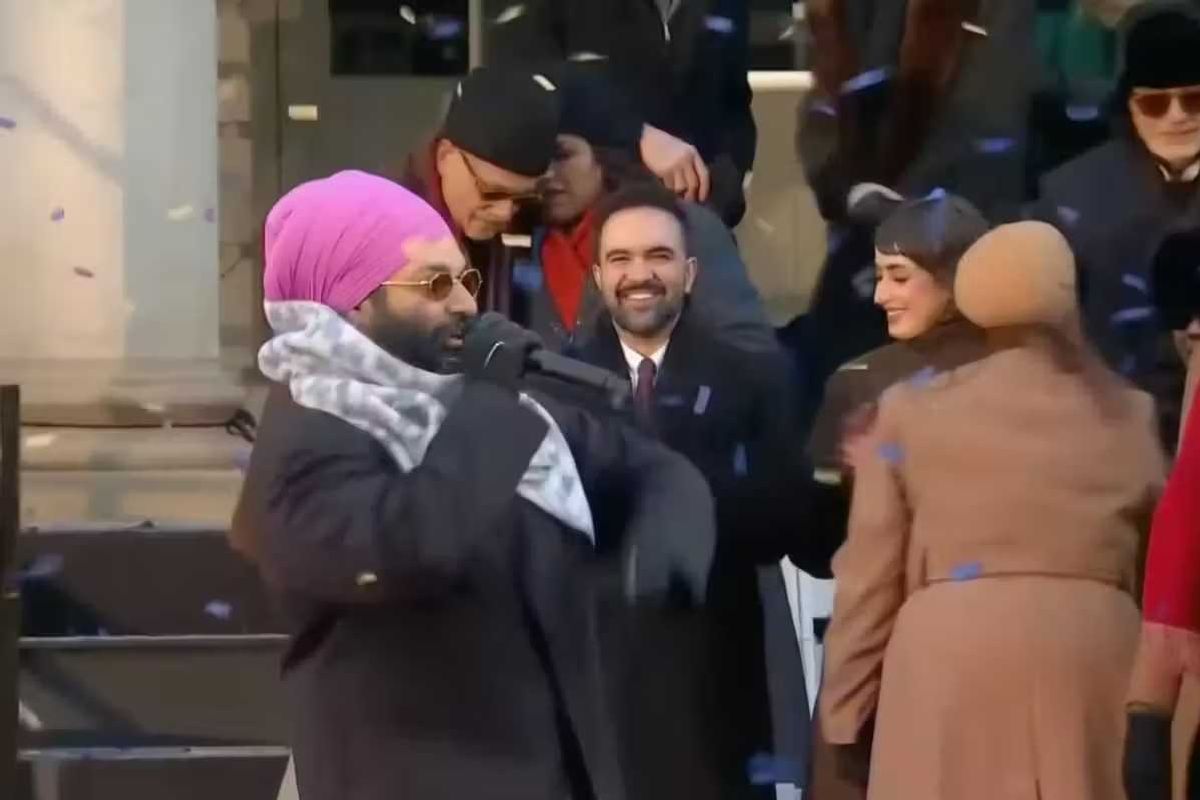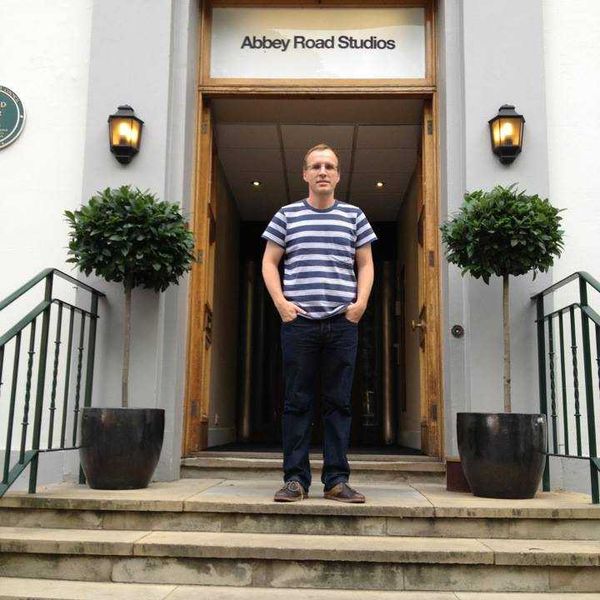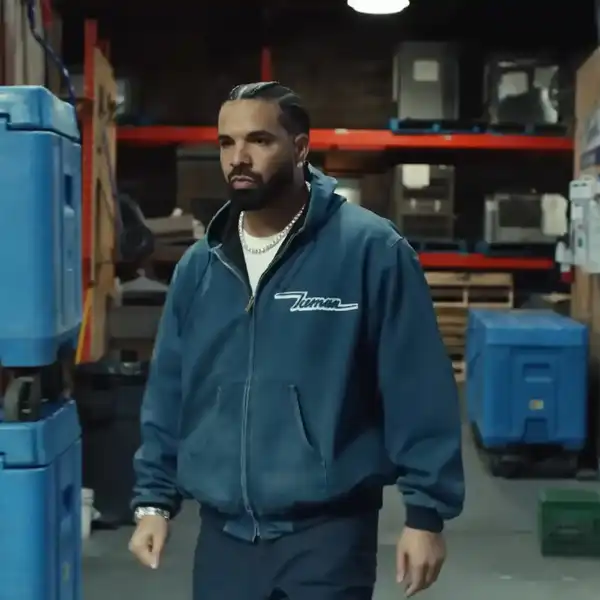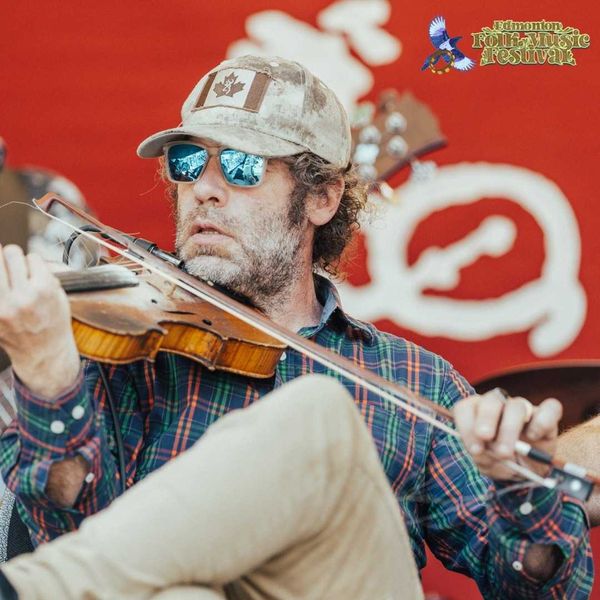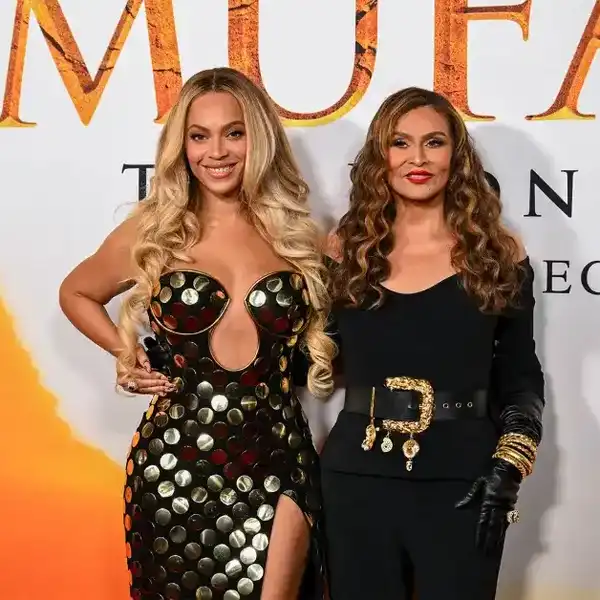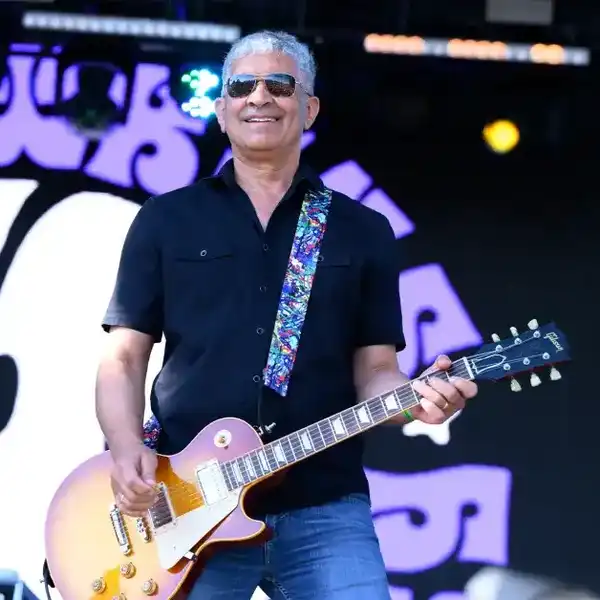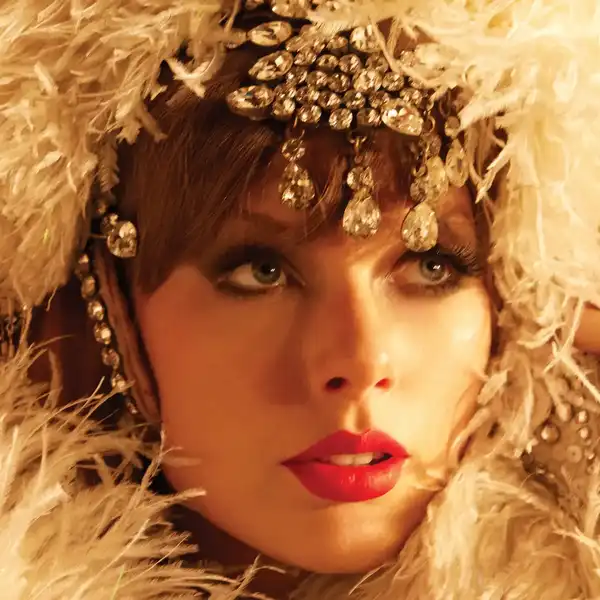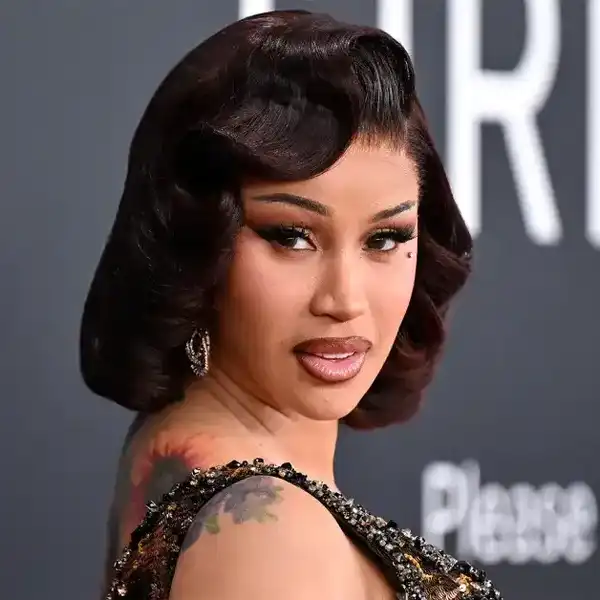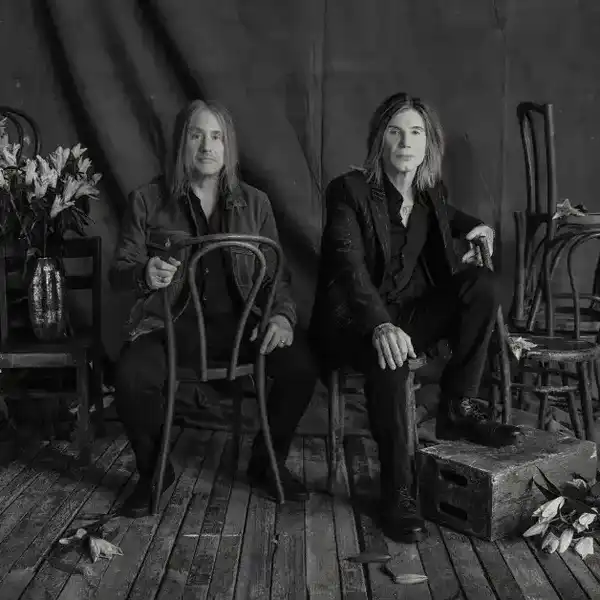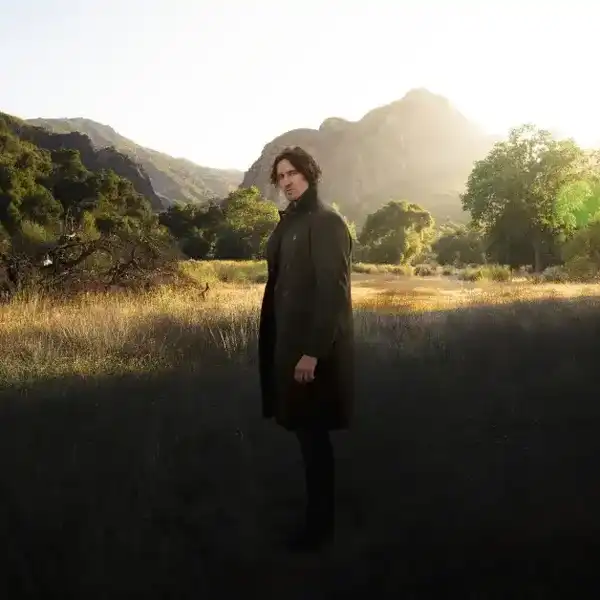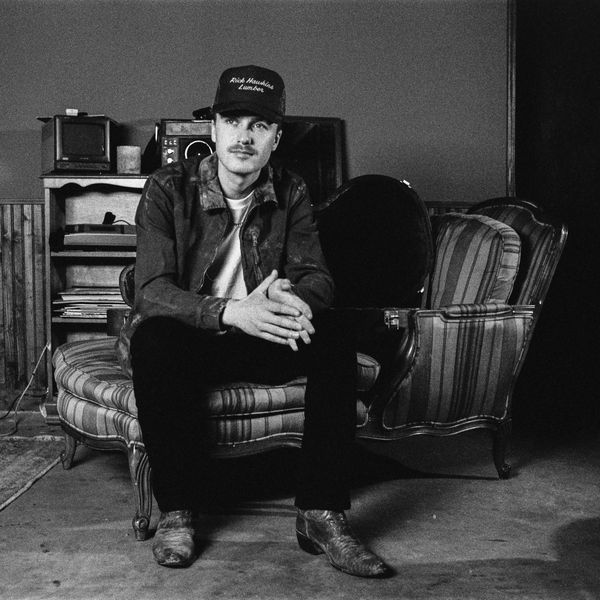A Conversation With Brenda Russell
Bill King interviews the legendary R&B hit-maker, who's back with a new song.
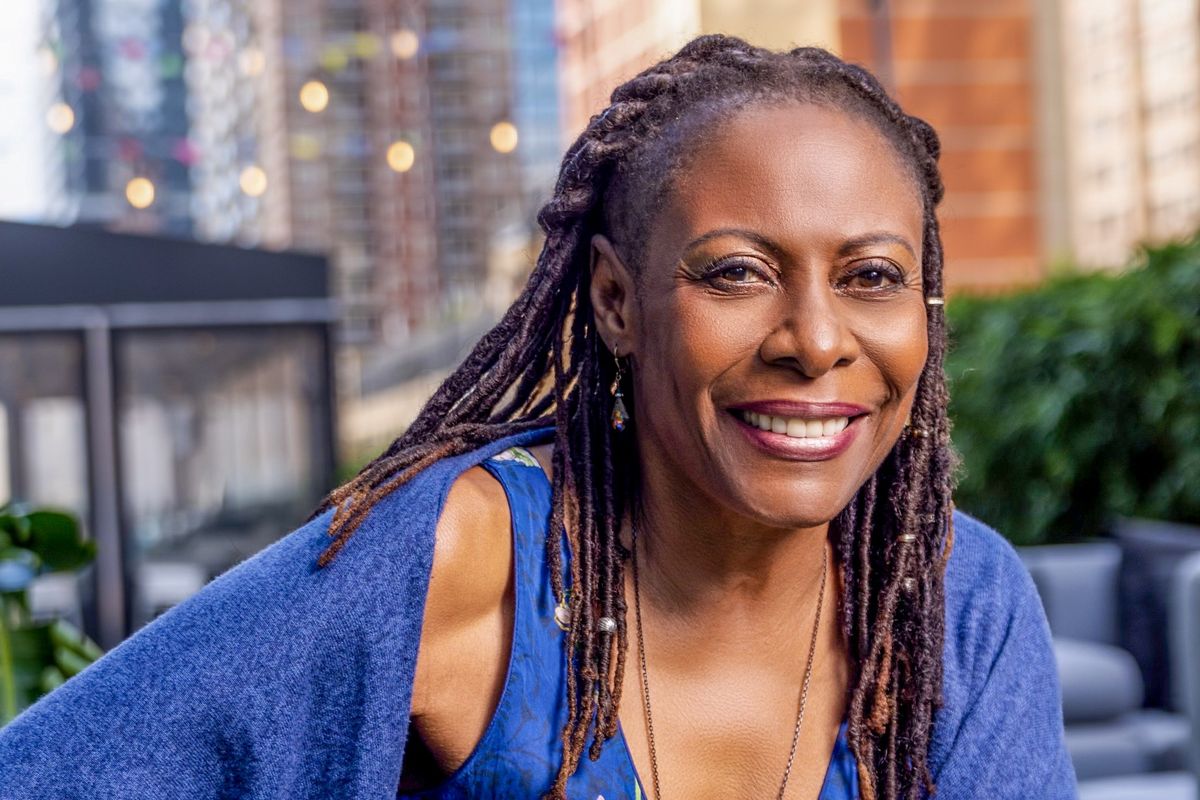
Brenda Russell
In the sonic eras of Brenda Russell's illustrious career, the threads weave through the diverse landscapes of soul, pop and adult-oriented sounds, creating a rich mosaic that resonates with depth and versatility.
The journey began in the late 1970s, a collaborative venture with ex-husband Brian Russell that saw the duo leaving an indelible mark on Robert Palmer's breakout soul-pop album, Double Fun. Their creative union, however, dissipated by the end of the decade, propelling Russell on a solo trajectory that would define her musical odyssey.
Russell's self-titled debut album, released under the A&M Records banner in 1979, not only cracked the Billboard Top R&B/Hip-Hop Albums chart but etched her name on the musical map. The album's standout track, "So Good, So Right," resonated across charts, climbing to Nos. 8, 15 and 30 on the Billboard Adult Contemporary Songs, Hot Soul Songs, and Hot 100 charts respectively.
Her artistic journey continued to unfold as she collaborated with the iconic Earth, Wind & Fire, lending her compositional prowess to their 1980 release, Faces, and the 1981 LP, Raise! Russell's solo trajectory took fresh turns with albums like Love Life (1981) and Two Eyes (1983), though the latter failed to capture commercial success.
A pivotal moment in Russell's career unfolded in 1988 when she returned to A&M Records for her fourth album, Get Here. This marked her commercial zenith, propelled by the captivatingly beautiful “Piano in the Dark,” a chart-topping hit featuring Joe Esposito. The album earned her three Grammy Award nominations and laid the foundation for her enduring legacy.
In subsequent years, Russell's sonic exploration led her to Warner Bros. Records, Sweden, and eventually, Hidden Beach Records. The 2000 release, Paris Rain, showcased a mature, adult-oriented sound, featuring collaborations with luminaries like Carole King, Dave Koz, and Sheila E. The musical journey continued with a stint at UK label Dome Records, resulting in the 2004 release, Between the Sun and the Moon.
Beyond her solo endeavours, Russell left an indelible mark on the film industry, contributing to the How Stella Got Her Groove Back score and gracing the screen in the 1999 film Liberty Heights.
As her career traversed decades, Russell's ability to strengthen, adapt and craft timeless melodies remains a testament to her enduring talent. The notes of her legacy reverberate through the years, a harmonious blend of soulful expression and musical innovation that firmly establishes Brenda Russell as a stalwart in the ever-shifting landscape of contemporary music.
With "What Will It Take," Russell returns with a timely call for change rooted in the early efforts to confront inequality and mistrust between people. We talk!
Bill King: Brenda, so good of you to take time.
Brenda Russell: This is my first Canadian call about the record, and I wanted it to be with you. I’m still a part Canadian in my mind. African, Canadian, American!
I’m reading Barbra Streisand’s 900-plus-page memoir. The young Streisand, 12, 13, 14, 15 years old on the streets of Brooklyn. I’m thinking about you as a child, the streets, the people, the vibe.
There are so many interesting people born in Brooklyn. It amazes me how much talent came out of that little tough town. I was always putting on shows for my parents and getting the neighbourhood kinds involved. I was very theatrical minded.
Your dad, Gus Gordon, was a member of the famed singing group, the Ink Spots.
He was the greatest singer I’d ever heard, so much so I didn’t want to sing. I thought, if you can’t sing better than him, why are you doing this? I felt intimidated. Eventually, I got over it.
The family moved to Hamilton when you were 12. Why?
My dad brought me here. He married a Canadian woman after he divorced my mom. I lived with him, not in Brooklyn. Which was unquestionably the best move my parents ever did for me. It was so much better a life.
Jackie Richardson, Arlene Trotman, Colina Phillips and the Tiaras. Still friends to this day.
With the ones still alive. I love these girls and Al Rain who was our manager back then. He passed away a few days ago. He discovered me out of high school standing back in the club where the Tiaras were playing in Hamilton. A girlfriend and I were outside and had no money to get in. He comes walking up to me and asks if I sing. I said yes, and thinking he was coming with a line, I’m from Brooklyn – heard it before. He invited us to watch the show. He said he needed a girl for the group, and I ended up joining. That one person asking if I sang changed my life.
The new recording “What Will it Take” – what’s the back story?
I’m so grateful this song came through me. It’s so powerful, and when I wrote it about thirty years ago, the publisher I had wasn’t a musician. Her job was to listen to music, she didn’t hear it. She couldn’t hear the potential in it. I took the song back. And now I own this wonderful song. Thinking about it, it wasn’t meant for when I wrote it, it was meant for now.
A soundtrack accompanied our youth that reflected the tumultuous nature of our lives. The work of progressive artists boldly addressed the social and political problems plaguing society. Poverty, racism, inequity, war, workplace, hate and peace. There’s no clear path for music to have the same impact at present. Songwriters like Dylan, Odetta, Pete Seeger, Joan Baez, John Fogerty.
I understand that so well. I was a big fan of those people who wrote meaningful songs like that. It inspired us. There’s Marvin Gaye—What’s Going On, did the same thing. People came down on him for various reasons, but the rest of us won because we loved him so much. And he won!
Words connected to a meaningful melody can move people. Are you hoping for this response with “What Will It Take”?
I’m always hoping. It will never happen if we don’t see it happen.
You’ve written so many hit songs. Song of the Year with "Piano in the Dark." "Get Here!" To think this began with your stint in Dr. Music and with Doug Riley.
That was like going to university for most people. Doug Riley, creator of the band, was a genius. All of us learned so much about being together. About harmony, about singing together, chords, so much. Steve Kennedy was a choral director, and great sax player. I learned so much about how to place chords and arrange harmonies. He was a true mentor of mine.
What was the first song you wrote covered by an artist?
It was Dr. Music, "Gospel Rock." I was so shocked they wanted me to sing it. I’d never done that before. Doug Riley was the first person I ever recorded with.
At fourteen, you sang with Eric Mercury and Dianne Brooks in the Soul Searchers.
Family. I first worked with them in the Winterland Gardens. I’ll never forget it. In London, Ontario. I was this skinny little kid opening for them in a minidress, and they were making fun of me. I ended up loving all of them: Eric, Dianne, Mouse. They were brilliant and the baddest R&B group in Canada.
You gained traction in the recording scene, doing sessions. Then moved on to California.
Yes, 1973.
Your intention was to write songs and place them?
And sing them too. We just knew we had to move. It was too damn cold up here. My mother lived in California, and she suggested we move there. It was warm there. The music emanating from there was exceptional. I had a Canadian friend who questioned the move, not encouraging, and made me more determined to do it.
David Foster made the change of scenery about the same time.
Yes. I was lucky enough to meet David and BJ Cook. We had a little Canadian contingent in LA. A bunch of us lived around the same area. Mouse Johnson and a few people.
I remember meeting David. He was so unbelievable. He played the piano at a friend of mine’s house, and I went, what? Who is this guy? He became part of our family. He introduced me to Earth, Wind & Fire, who needed a writer. Maurice White was looking for a lyricist. David also gave me my first electric piano, which I needed and didn’t have one.
You could have just stopped at Earth, Wind & Fire. You are immortal.
I hear you. They bad, weren’t they? Maurice White was like royalty to me. When he came into a room, you were in awe. Spiritual, nice, and kind gentleman.
What was your connection to The Color Purple?
Allee Willis, who was the third writer passed away in 2019, and Stephen Bray called looking for me. We were invited to audition as writers. It was a major change in our lives. We FedExed our work and knew when the producer would get it, but he didn’t call us. We were waiting and waiting. When he finally called us, he said he was having so much fun and gave to Alice Walker, and they were riding around in a car listening and loving it. They forgot to call us. We had so much faith yet knew nothing about musicals. But we knew we had something special, something big. Something bigger came. The Color Purple. He called us back to say he loved it and never hired people like us, but we did it.
Artists have covered your songs, such as Babyface, Oleta Adams, The Manhattan Transfer, Luther Vandross, Patti Austin, Ruben Studdard, Donna Summer and Ramsey Lewis. Sampled by artists such as Janet Jackson, Tupac Shakur, Chance the Rapper, Thalia, Flo Rida, Ariana Grande and Big Pun, "Still Not a Player." Tupac?
He sampled something of mine. I couldn’t tell you what it was right now. It’s been a while and pretty cool. Kanye West, Ariana Grande’s first single.
What do you think when you hear these covers?
I’m thankful. Thank you, guys.
Donna Summer. Earth, Wind & Fire—Donna Summer?
That was a fantastic experience. Dinner with Gershwin. When I wrote that song, my record company asked for something different from what I was doing. I was always on the edge of reality. I began writing, then got depressed and thought, this is not what they want. I turned on the radio, which I never do when writing – true story. The first note of "Rhapsody in Blue" came up. One of the great written pieces. I knew when that happened; I was meant to write this song. First of all, you never hear "Rhapsody in Blue" on the radio. Secondly, I’ve never heard of it myself on the radio. At that moment, it knocked me off my feet. It was a sign I had to do it, and I did it.
"Rhapsody in Blue" truly captures the vibe on Manhattan in the 1930s. Gershwin loved the sounds of Harlem.
He loved Black artists. He travelled to the south and lived with Black folks to study the sounds, the voices, the feeling. He did some extraordinary things and played the piano like a maniac. It still floors me when watching those old films with him at the piano. Amazing.
What songwriters spoke loudest to you when starting out?
In the late '60s, starting Laura Nyro. Carole King. I loved these women who wrote their own songs. That wasn’t so popular back then. Carole King was a huge influence, also from Brooklyn. She was so good with melodies and lyrics. I distinctly remember when I first heard, "I hear the earth move." It was at that moment I did that! Also, Joni Mitchell and Nina Simone. These women were saying something and writing something. Very inspiring.
You can easily recognize the voice of Dinah Washington, Nancy Wilson, their tone and quality, regardless of the location. If their music played through a radio or house speakers, you instantly knew it was them.
Yes. I was young when they were singing, but my mom listened to these divas, and my dad worked with many of them. He used to work with Billie Holiday and tell me about her big dog. He had so many stories working the Chitlin’ circuit down south.
You’ve toured extensively in the Caribbean. Quite popular in the islands. Gladys Knight, Luther Vandross, Lou Rawls, Najae, Roberta Flack, Patti LaBelle, mainstays over the decades. It was like a third coming for soul music. They’d call them jazz festivals, but in essence, rhythm & soul.
I loved it and wanted to move at one point.
Until they reminded you it’s an island.
St. Lucia was it for me. Unbelievable.
Austin, Texas is home now.
Eight years and I love it. I moved here because of my little grandkids and said, “Oh, I have to move”. That’s all that’s to it. I had to be here with my daughter. I came screaming and kicking into the south and never wanted to live here, because the history is so alarming. I did it anyway and fell in love with it. There are so many nice people here, and not like the rest of Texas. It’s like a blue dot in a red state.
You’ve had so many songs covered and hits as a stand-alone artist. Any stand above them all?
Sting and Ivan Linns from Brazil are two of my favourite artists on the planet. Keyboardist/producer Jason Miles offered me in New York to write a lyric to one of Ivan’s tunes in Portuguese. An English lyric for him. Which I did. "She Walks This Earth - (Soberana Rosa)." He told me I had two days to write for Sting. Of course, the greatest lyricist on the planet, OK. I wrote the lyric in two days—they recorded it, and it won a Grammy. The Best Pop Vocal! It wasn’t a hit song, but the people who got it to vote on cast their ballots for that song.

